Carbon filter is one of the important equipment in water purification industry. This type of filter can be considered one of the subsets or family of sand filter . The reason for this is the similarity of their structural system. In general, it can be said that the body and piping and drainage system of both systems are the same, and the only difference between these two filters is in the materials that are used on the bed inside the tank.
In the sand filter or sand filter, silica sand is used on the nozzles with specific granularity and purity percentage. But in the carbon filter or active carbon filter, we use active carbon granules in the first place to remove organic substances from water.
What is a carbon filter?
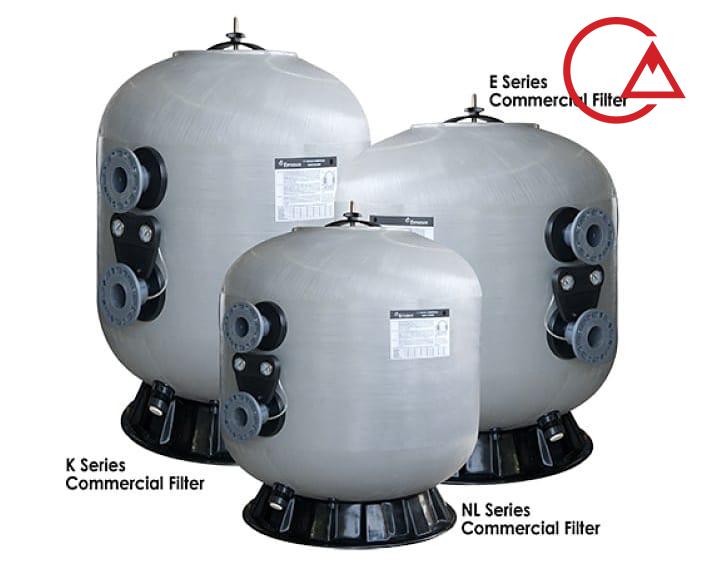
Carbon filters or activated carbon filters are part of standard water purification systems in homes and buildings, and they are used to filter pollutants such as chlorine, organic solvents, herbicides, pesticides and radon from water. Many people believe that these filters make the water healthier and more natural.
Activated carbon is used in water treatment facilities to help improve water quality. Many home water purifiers also use activated carbon, specifically to help reduce water odor, color, and taste.
Activated carbon can be made from many common carbon-rich materials. First, coal is heated in the absence of oxygen. It may then be exposed to other chemicals such as argon and nitrogen and reheated in the presence of steam and oxygen.
The second heating process creates a pore structure that “activates” the carbon by increasing the carbon surface. A major environmental and economic advantage of activated carbon is that it can be recycled after a heat treatment to remove adsorbed compounds. This process is called reactivation.
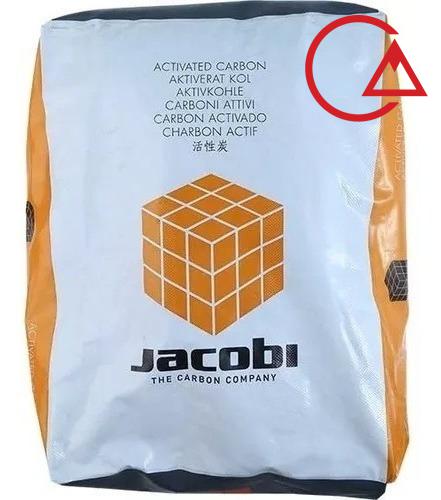
Coal is “activated” at the highest temperature through a commercial process. As the temperature increases, the structure of the core changes and the pore size becomes denser, while creating a more porous carbon than normal. The porous structure of coal has a negative electrical charge that attracts positively charged molecules such as toxins and gases. This helps trap toxins and chemicals.
Activated charcoal creates an excellent filtration surface and allows it to have a high capacity to absorb water impurities. Adsorption is the process by which matter adheres to the surface of an absorbent material. Due to this absorption, activated carbon has a high storage capacity.
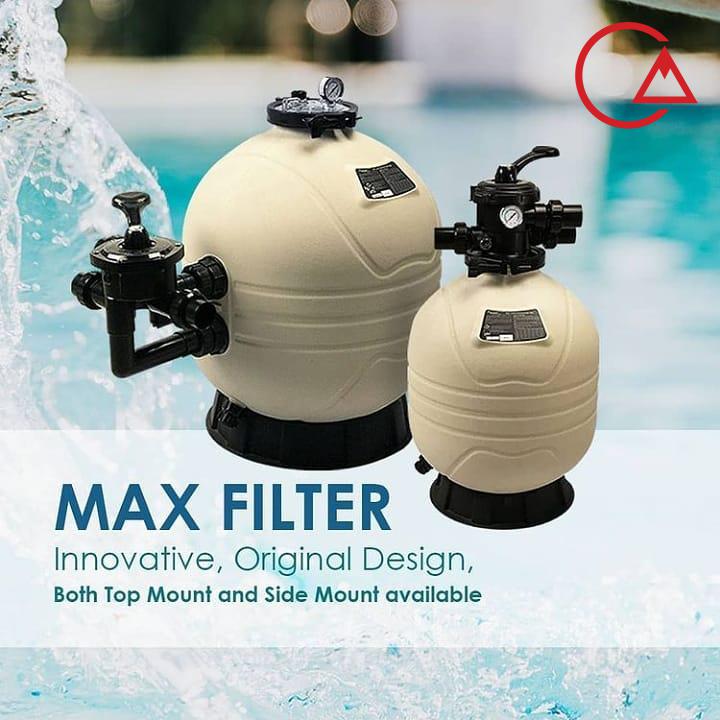
Activated carbon and disinfectant byproducts
In the 1970s, scientists began to detect low levels of unwanted compounds in drinking water known as disinfection byproducts (DBP). DBPs are unwanted products of chemical reactions between chemical disinfectants, including chlorine, that are added to water to kill pathogens and organic matter in the water. The discovery of these substances and the investigation of their effects on health led to the regulation of the most common types of DBPs.
Since the 1970s, researchers have identified treatment processes that minimize DBP formation, including:
- Before disinfection: reducing the amount of natural organic matter in source water (precursors of DBP)
- During disinfection: changing the reaction conditions in the purification package (pH and contact time with disinfectants)
- After disinfection: reducing the amount of DBPs that are formed after disinfection
As a result, adsorption with activated carbon is an efficient and useful technology; One of several items in the water purification toolbox that can be used to provide the best possible drinking water quality, and most water purification systems have at least one stage of activated carbon filtration.
Application of active carbon filter

Water purification involves removing harmful pollutants from water. Filtration physically blocks or chemically removes contaminants. Using activated carbon is a different treatment method than reverse osmosis, which filters water through a semi-permeable membrane and distillation, which steams the water to remove impurities.
Carbon filters remove all kinds of harmful chemicals, including chlorine, benzene, radon, trihalomethane solvent compounds, volatile organic chemicals such as pesticides and herbicides, the bad taste and smell of water and hundreds of other artificial substances that can be in the stream. They are very useful if there is water in the plumbing system.
As mentioned above, the main use of the carbon filter is to remove organic matter from the raw water entering the system. Crane filters have the ability to remove the unpleasant taste, color and smell of water. In terms of expertise, the carbon filter reduces the BOD and COD of the water, and because of that, the turbidity and impurity of the water is removed and the water is purified. Another use for this carbon filter is to remove free chlorine molecules from water, which is very useful and important in swimming pools where chlorine is added to the water.
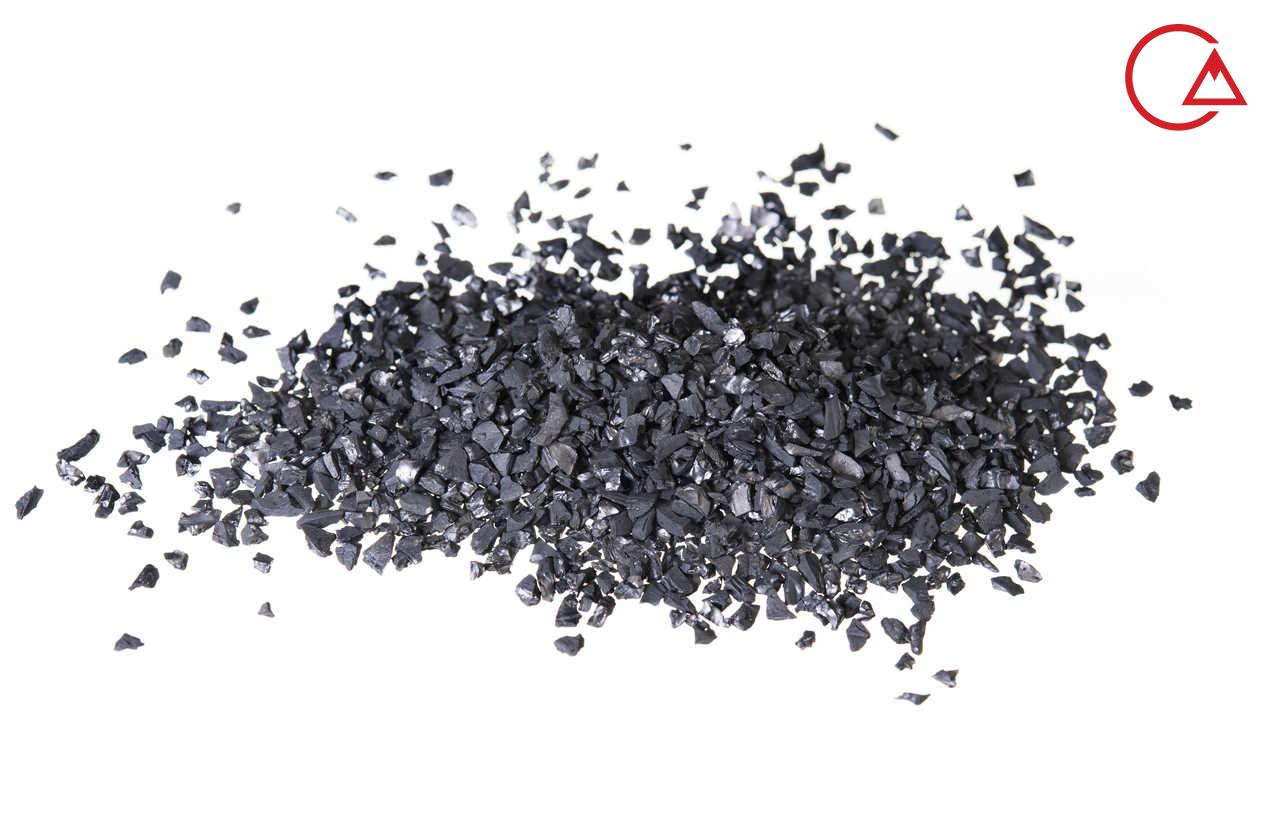
Filters are often used by health-conscious people who want to prevent granular particles or unpleasant odors and tastes from water. You should know that activated carbon filters do not remove bacteria, viruses or fungi or fungal spores from water.
Scientific mechanism of carbon filter
The process of removing organic substances from water in this carbon filter is such that first organic substances are absorbed by active filter granules, then the process of separating impurities is carried out.
In explaining the absorption process of organic substances, it can be explained that this process is based on asymmetric energy between atoms. Between the surface atoms and the atoms of the internal surfaces, there is an unbalanced energy with the energy resulting from the molecular bond (Vander Waals attraction bond). In order to balance this energy, the internal levels of carbon will absorb impurities.
The next mechanism that is used to remove disinfectant additives such as chlorine is reducing the catalytic power of water. Therefore, we will remove water pollution in the carbon filter with two processes of absorption and catalytic reduction.
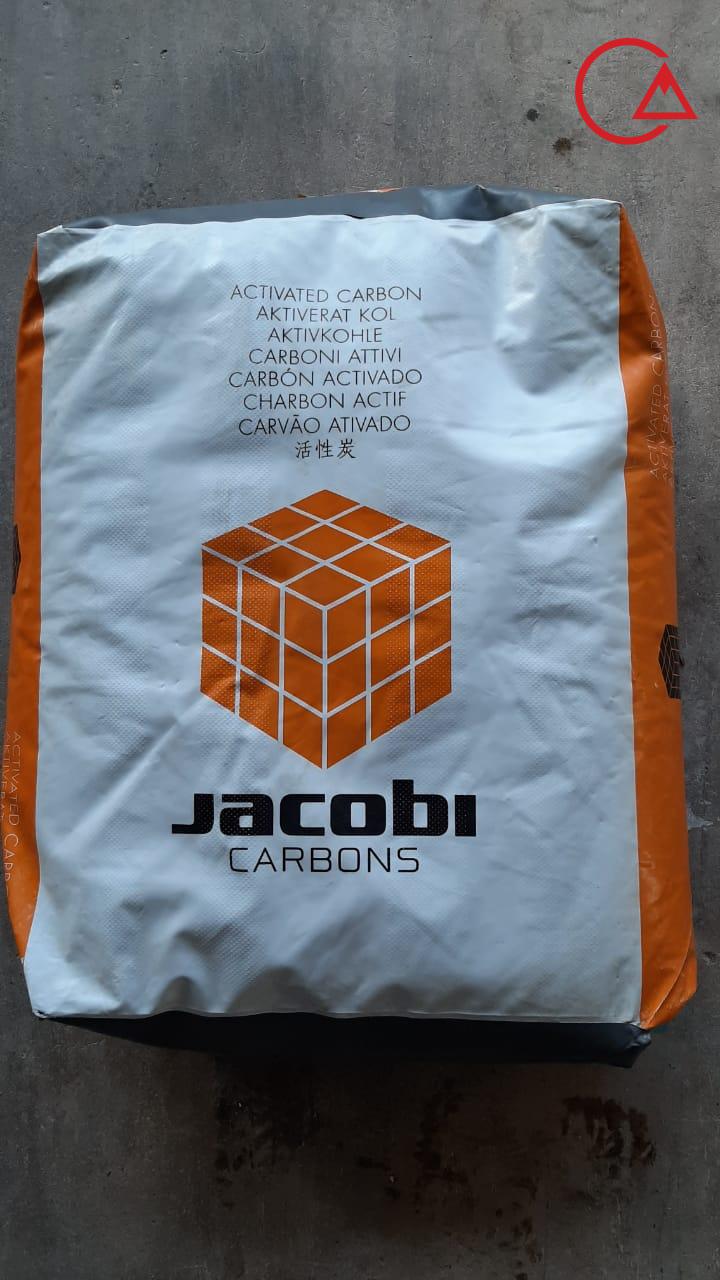
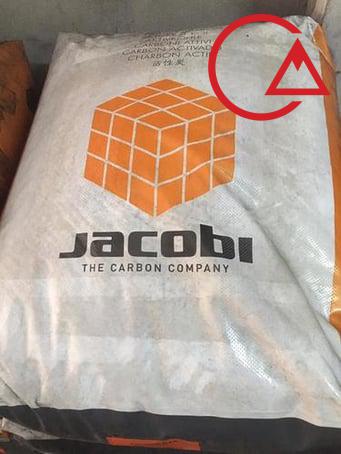
Advantages of carbon filters
An activated carbon filter acts as a sieve by extracting heavy substances from the air and acts as a purifier.
Activated carbon is a very porous material, it has pores smaller than 2 nm and is very efficient in absorption phenomena. This is a process based on the absorption of heavy molecules to a solid surface such as coal, and only the purest molecules of a liquid or gas remain.
Applications of active carbon filter
Industrial water (in each sector), stabilization and public resources, desalination of sea water, health (laboratories, hospitals, clinics, etc.), hospitality (hotels, restaurants, cafes, etc.), complexes (schools, stores, ice cream shops, etc.), beverage industries, food and nutrition industries, agriculture and animal husbandry, graphic arts and photography, coatings and special coatings, chemical sector, textile sector, gold and jewelry sector, reverse osmosis water purification system, water deionizer and …
Structure of activated carbon used in the filter
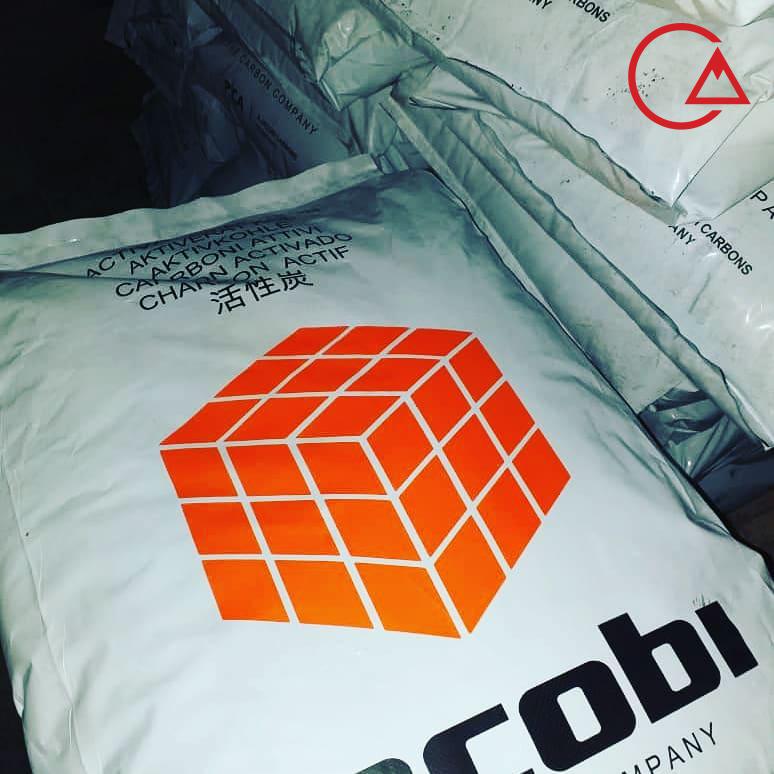
The activated carbon used in these filters is often granulated activated carbon, or in other words, activated carbon granules. This substance is found in peat, charcoal and walnut shell. In industrial use, this substance is obtained by combining bitumen with coal during the heating process in anaerobic conditions.
The most important rule for the design of the activated carbon filter was explained by the Bulletin in 1976 as follows:
- The volume density of carbon should be equal to 480 kg/m3.
- The total surface area of activated carbon granules should be 800 to 900 square meters per gram.
Types of activated carbon
- Powdered activated carbon
- Granular activated carbon
As mentioned at the beginning of the article, the carbon used in the sand filter is granular or granular active carbon. Powdered carbons, which are known by the term PAC in the market, will be economical only in conditions where there is a high percentage of suspended solids in water. The reason is that the use of this type of carbon requires additional equipment to separate solid materials (powder) from water.
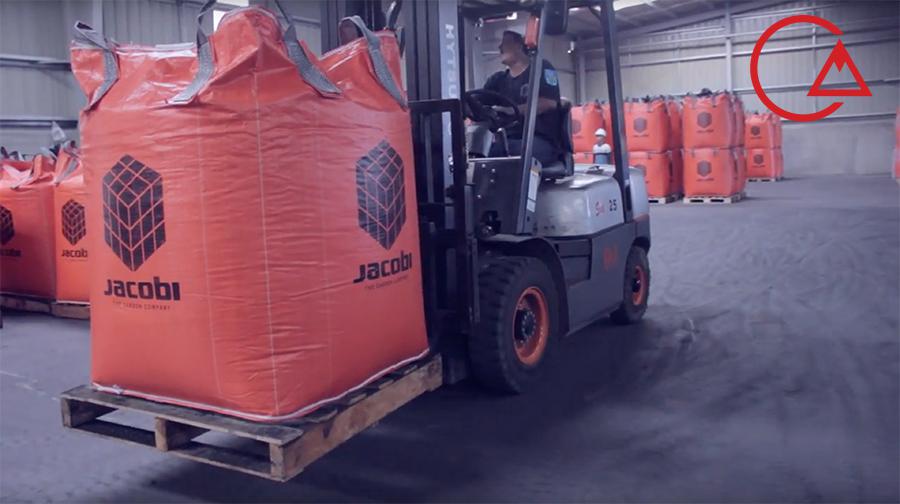
Mechanism of action of activated carbon filter
The carbon filter, like the sand filter, is produced in the form of metal tanks under pressure. These tanks perform water purification with the filtration process, that is, passing water through the particles in the tank bed. In these filters, a layer of active carbon is placed on the bed with a certain height, which is determined depending on the capacity of the filter.
Under the bed are the nozzles through which the water will eventually pass. These nozzles are either made of brass or polyethylene. Water enters the carbon filter from the upper inlet. Raw water loses its impurities, turbidity and free chlorine while passing through the contents of the tank, which are active carbon granules.
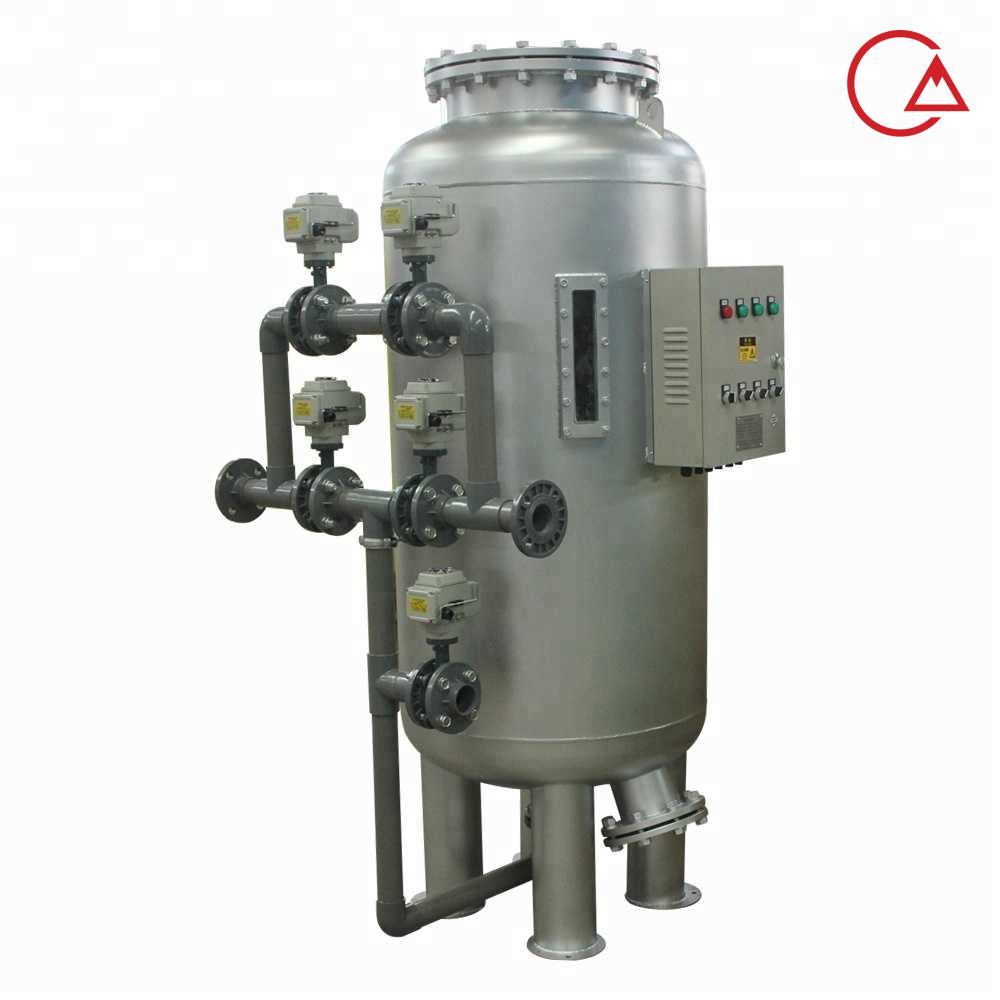
Carbon filter price
Carbon filters are priced based on their capacity. The capacity of the carbon filter is directly related to its dimensions. Therefore, with the increase in diameter and height, the weight of the consumed sheet will increase, and finally the total price of the filter will also increase. Of course, the amount of active carbon inside the tank will also increase with the increase in capacity.
As you know, in metal tanks, the weight of the body has a direct effect on the finished price of the work. That is, the thickness of the body will be an influential factor in the price of the carbon filter . The next factor is the type, quality and purity of the active carbon used.
Finally, for more information and products related to these filters, it is recommended to read the water hardness page.
In case of preparation of FRP pressure tanks of Nab Biot Company for sand and carbon filter, you can use the image below for guidance and contact our consultants for advice and price.